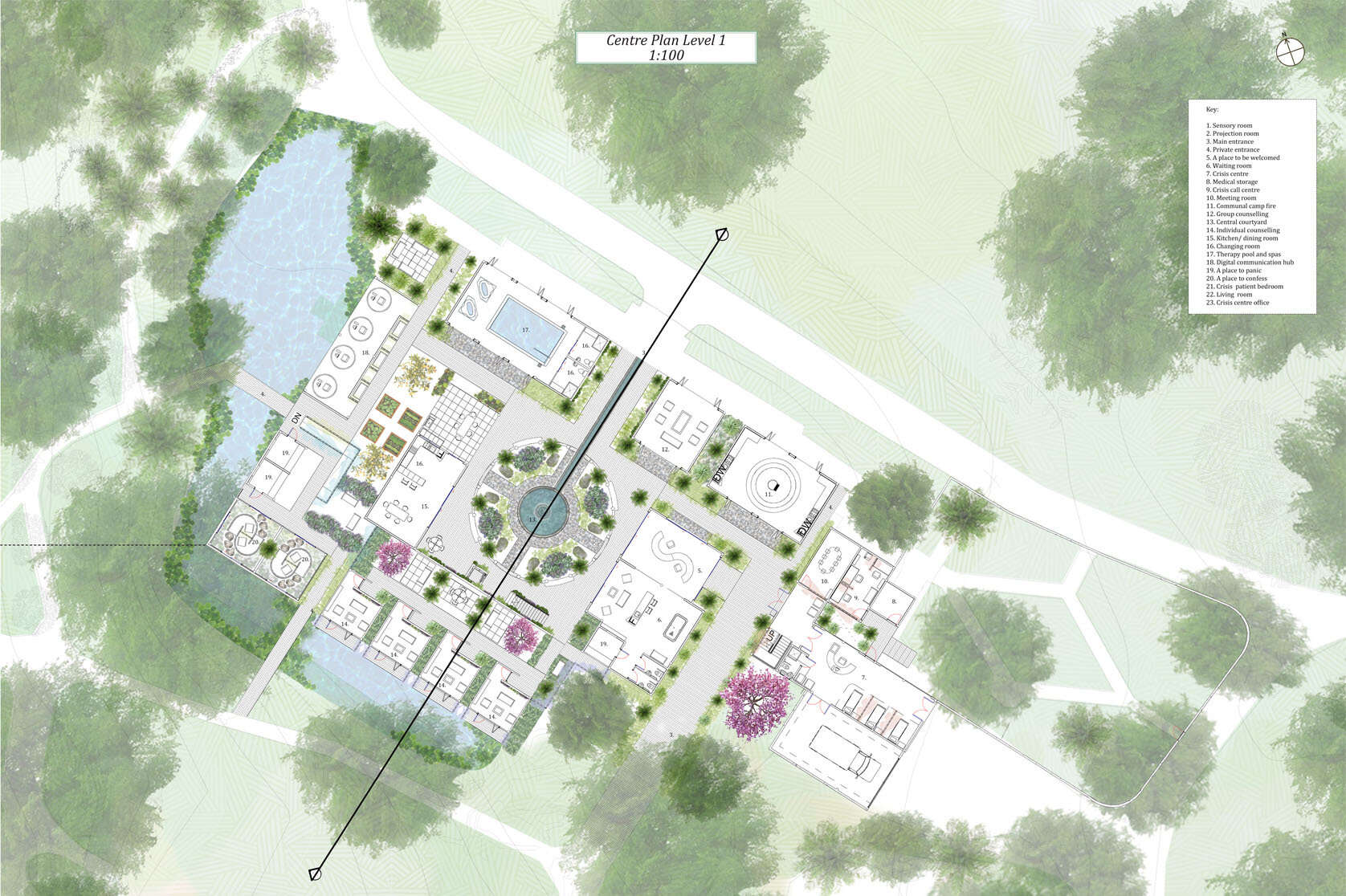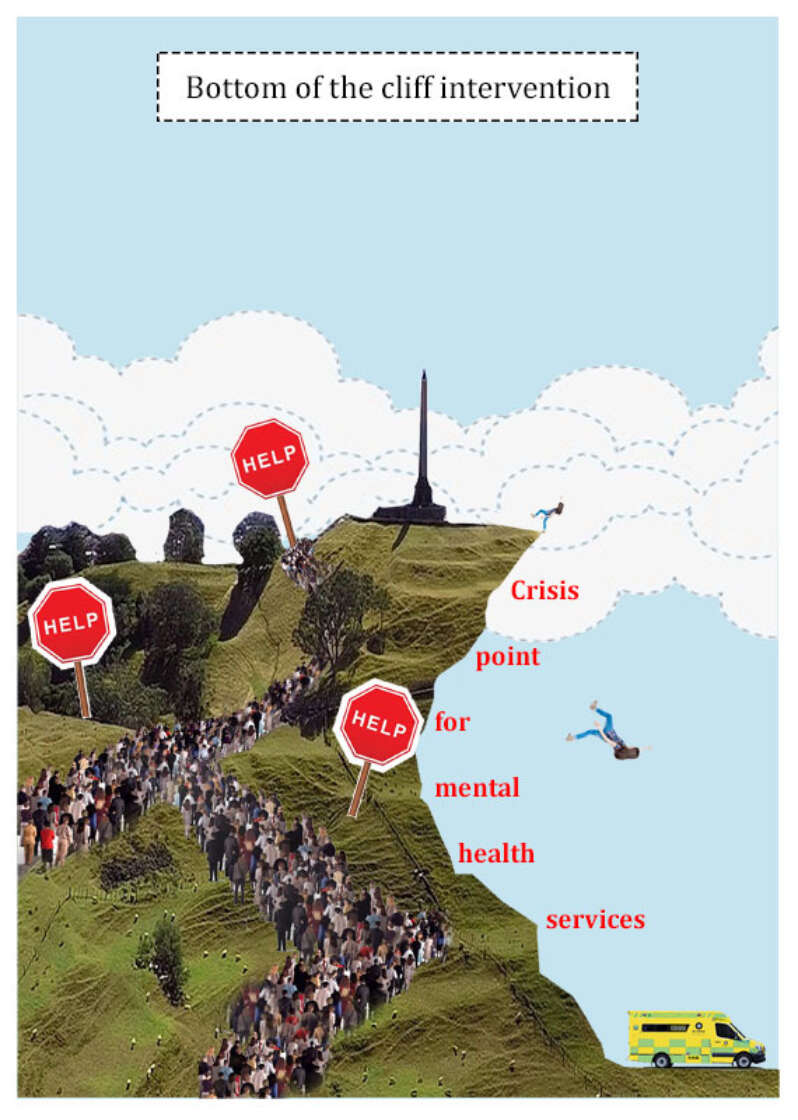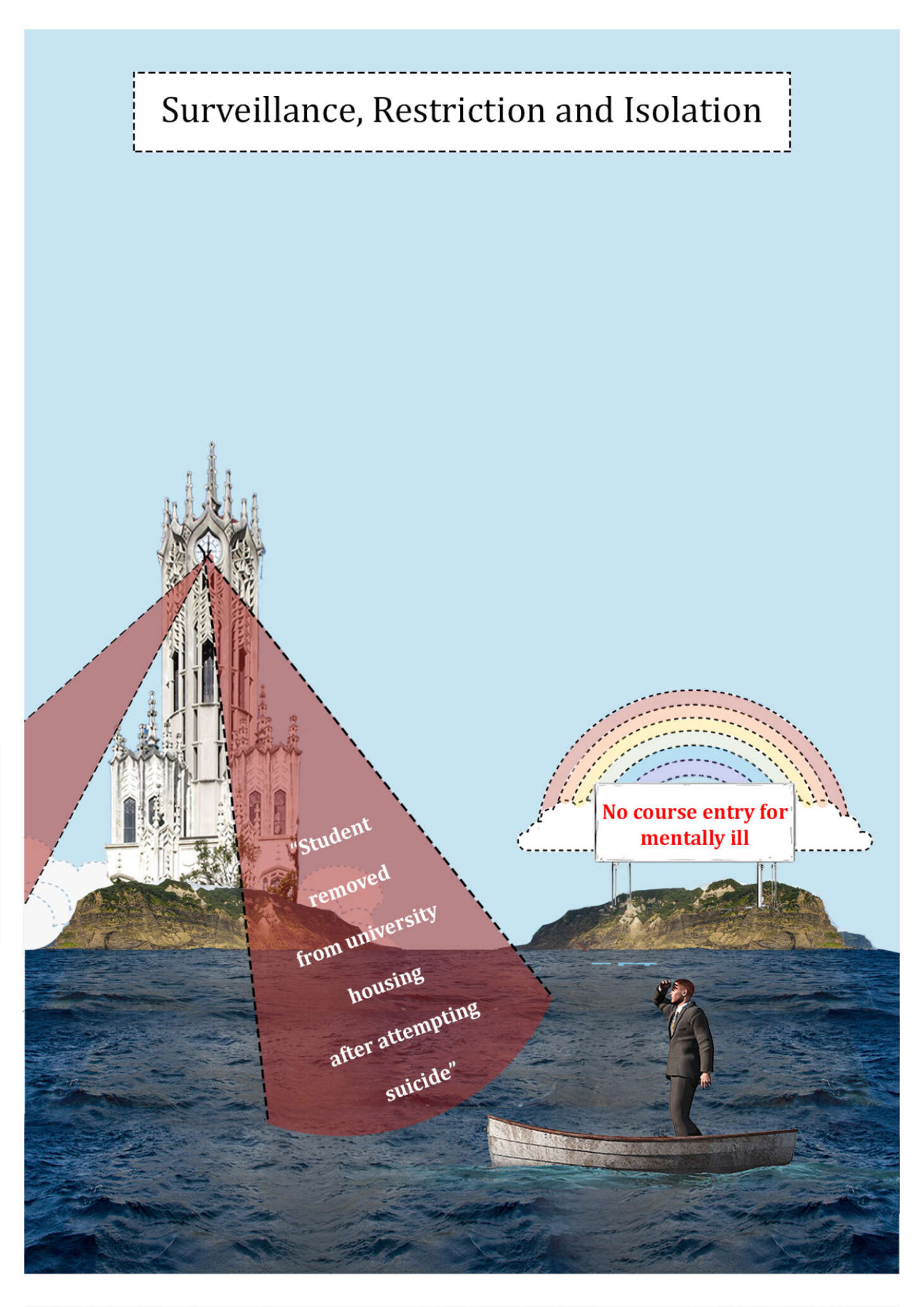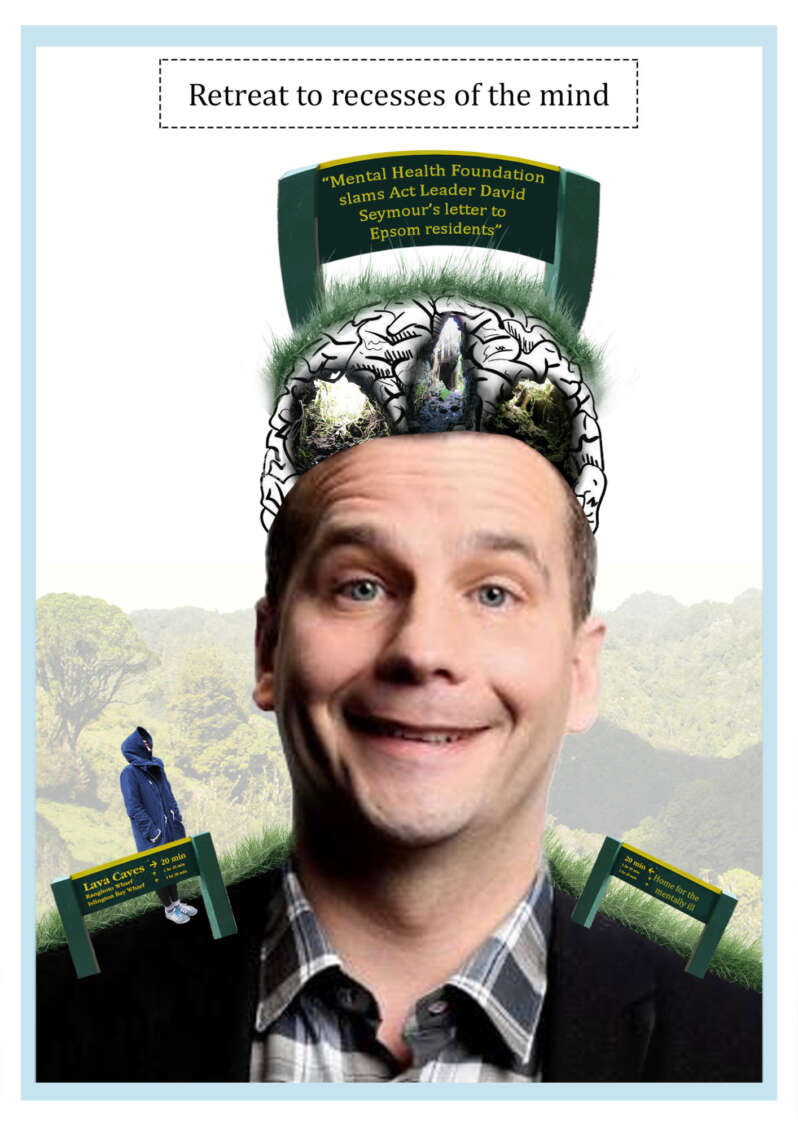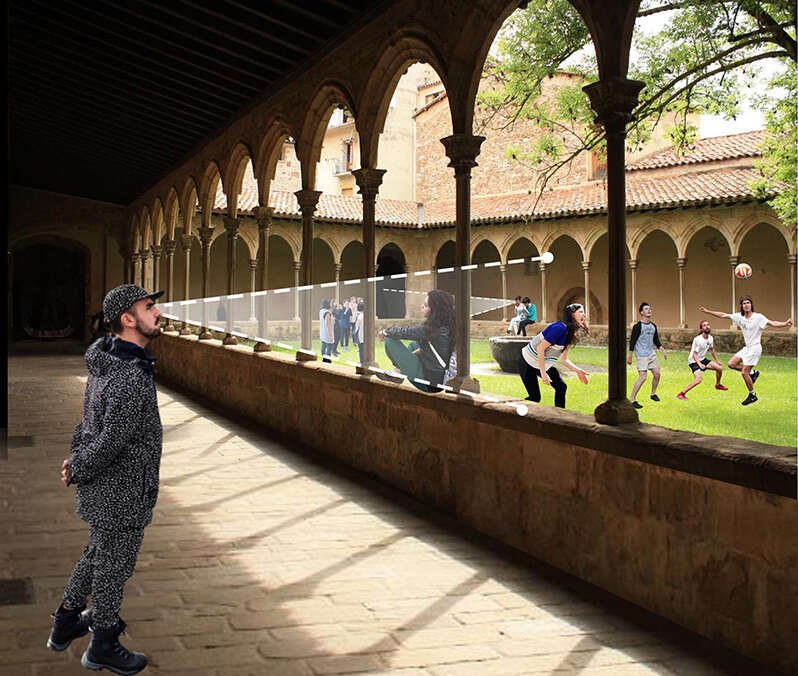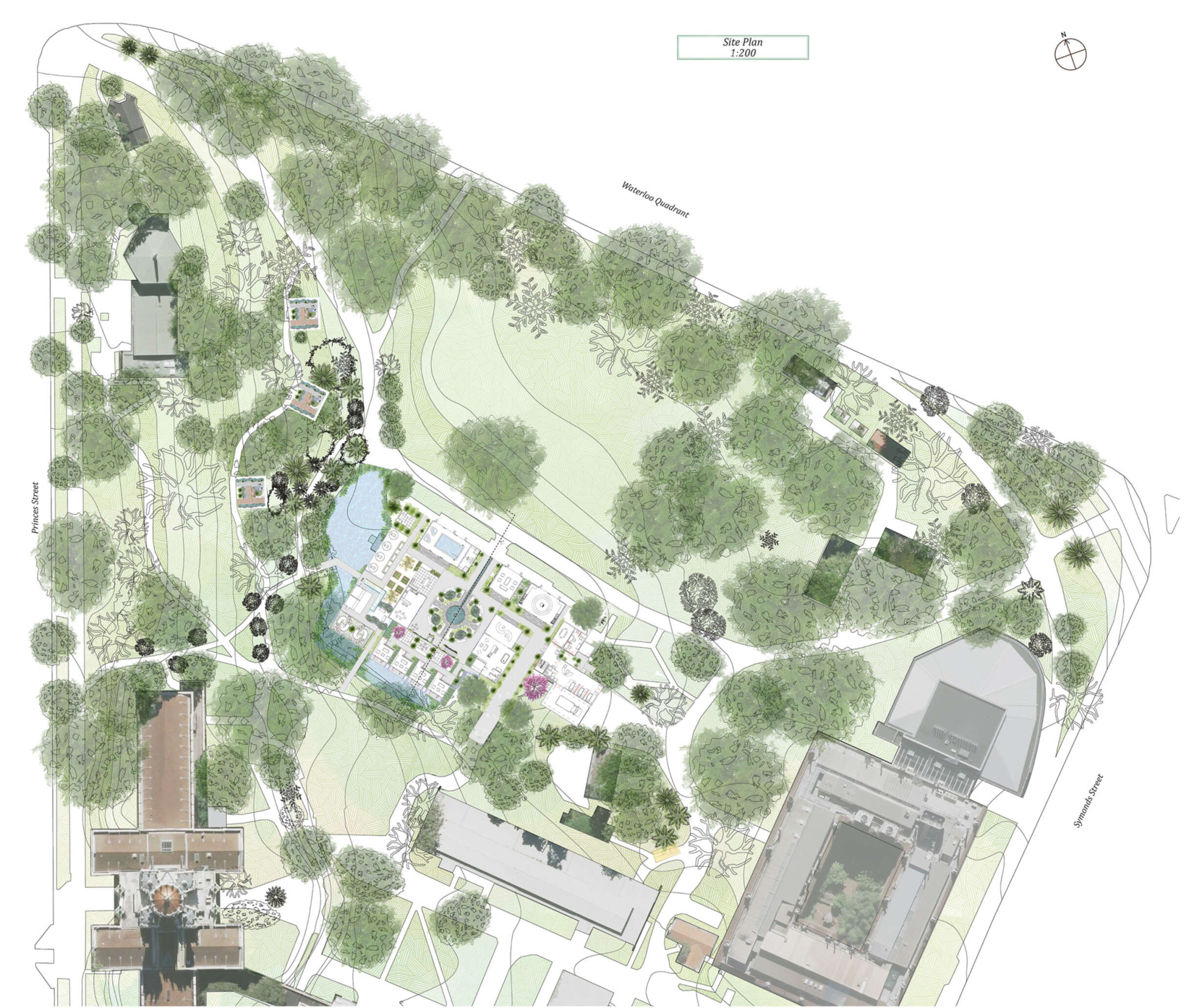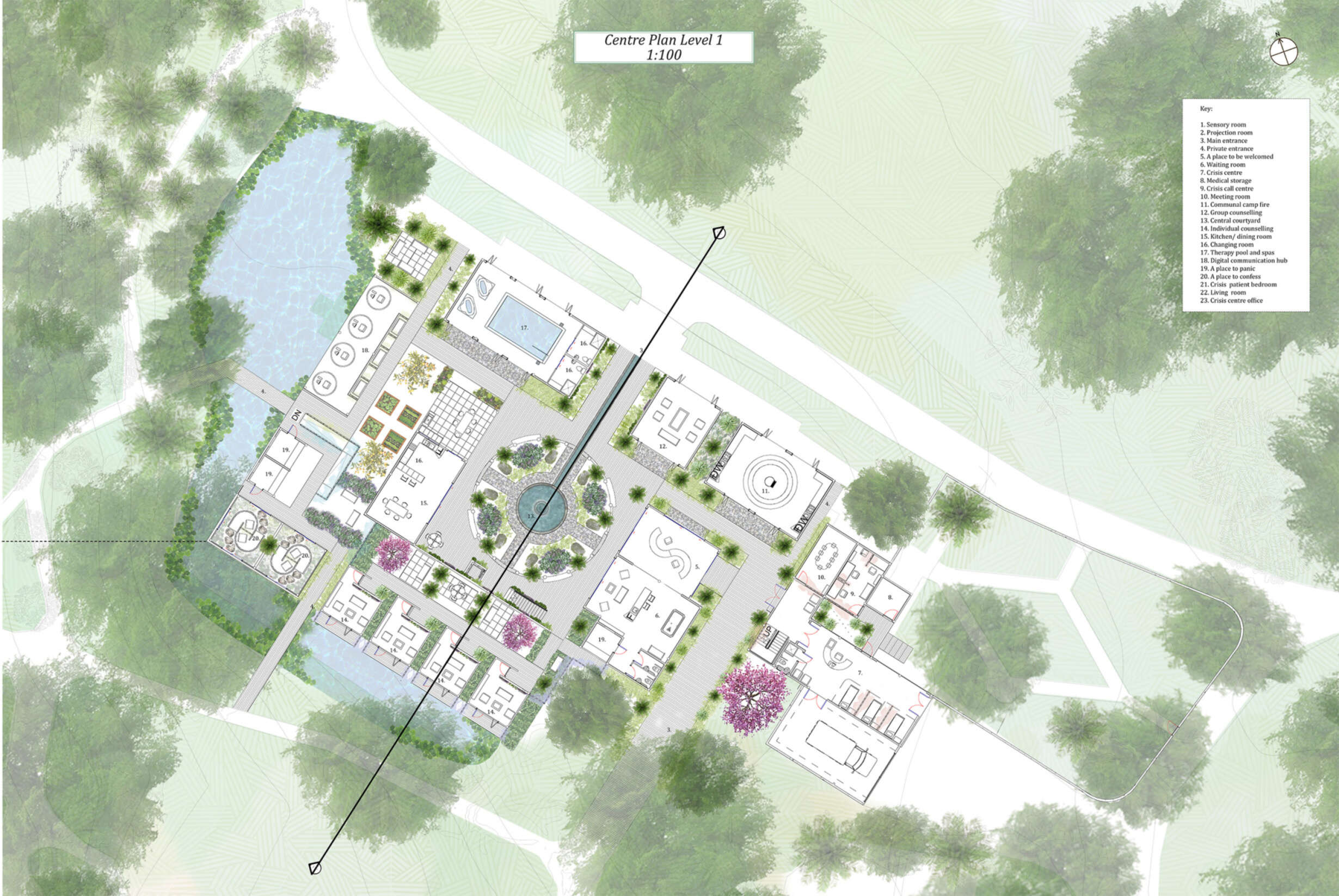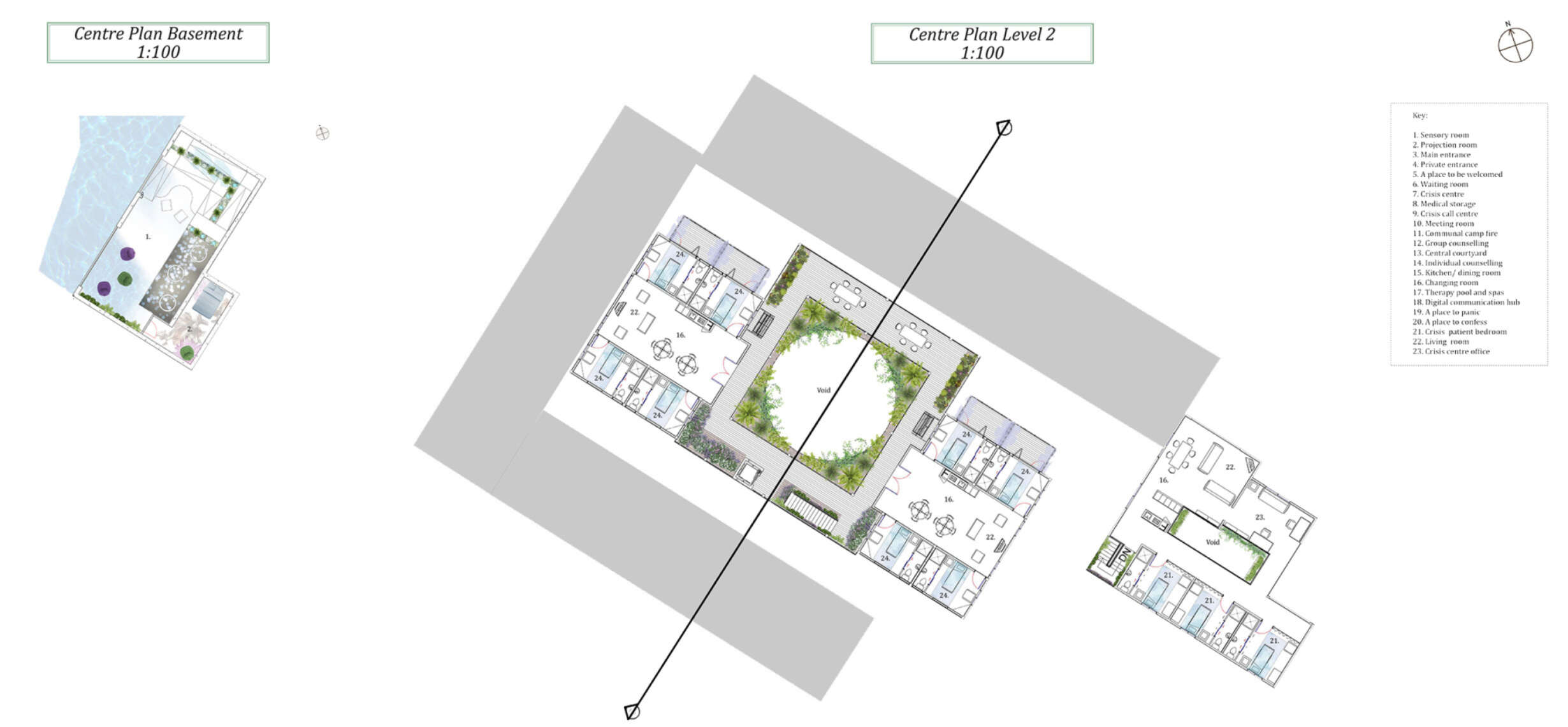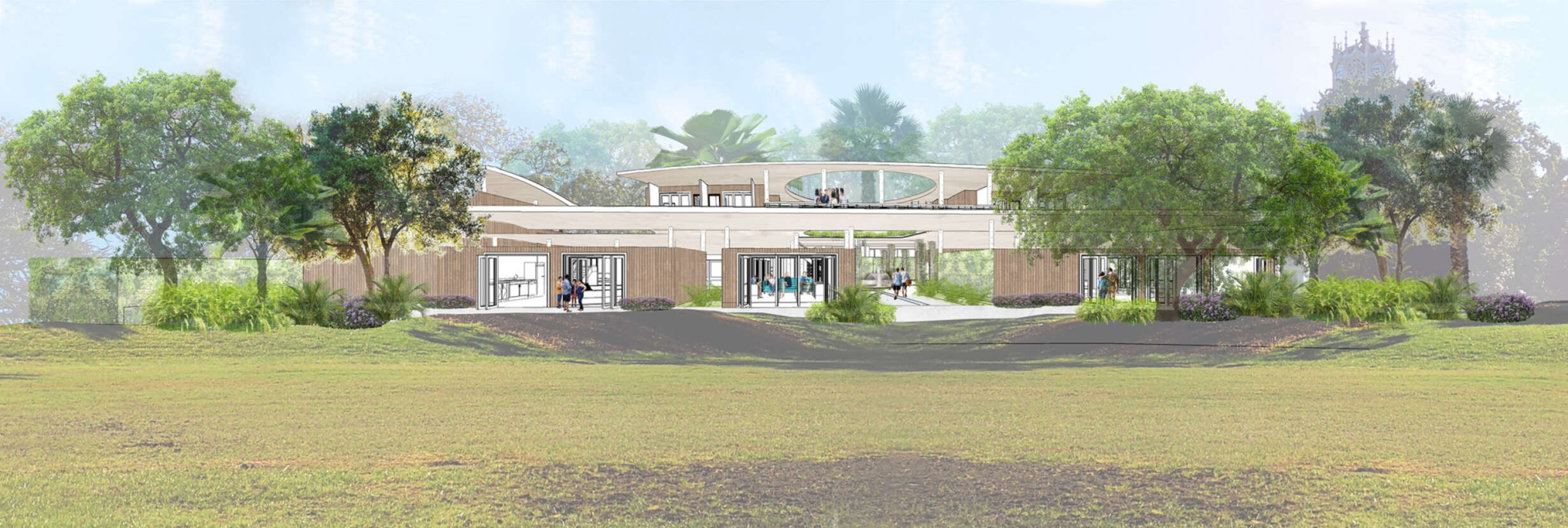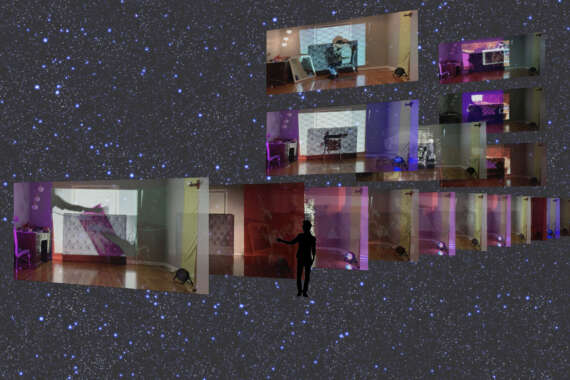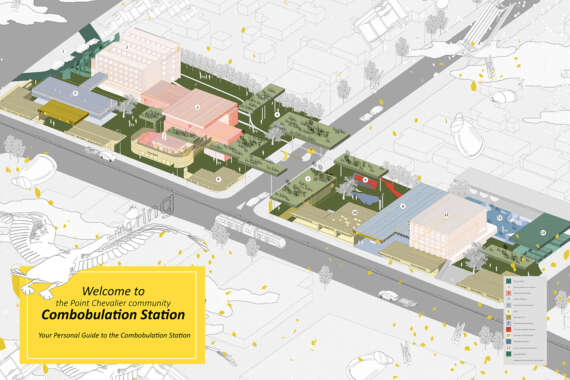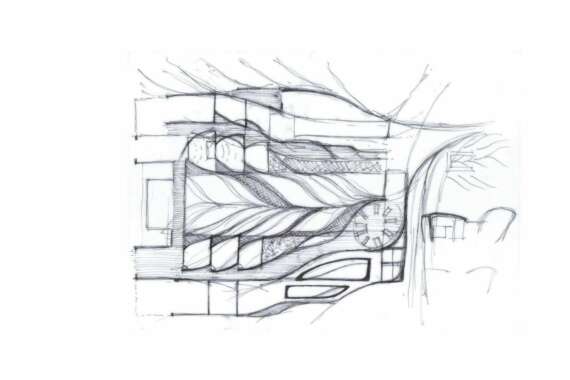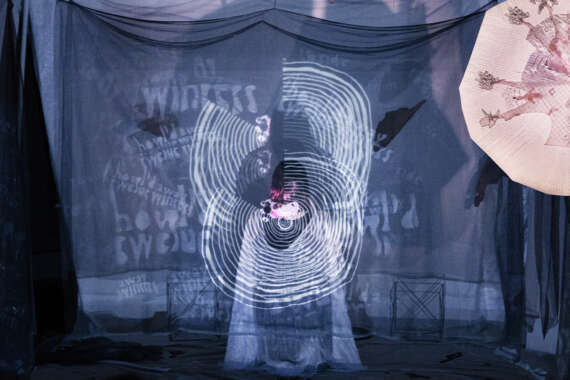Inspired by Maggie Keswick Jencks's description of 'wilted people', 'A Remedy for Wilting' compares the wilting of plants under poor environmental conditions with the mental states of university staff and students. This metaphor recognises that mental health is fluid and continually transforming. Hence, our healthcare architecture should address people at every stage of mental wellness and realise people's unique health needs.
The proposed respite centre sits on the foundations of Old Government House at the University of Auckland City Campus - one of the few green spaces rich in heritage, in an otherwise concrete jungle. By interweaving with nature, the design stands as a three-stage triage system which meets students' everyday mental health, long-term counselling and crisis support needs.
This thesis takes the stance that although architecture alone cannot cure mental illness, it can create opportunities for various forms of healing and establish conditions for forming positive social connections. The triage system follows a series of patterns to assist the recovery of those who are wilting: those feeling the effects of stress, anxiety and in danger of self-harm.
Inspired by Christopher Alexander's 'A Pattern Language', the patterns in this project respond to social behaviours exhibited by people experiencing anxiety, loneliness, depression, self-harm and suicidal ideation. In creating a user-centred design, the architecture strives to establish environments where people feel safe to ask for help.
